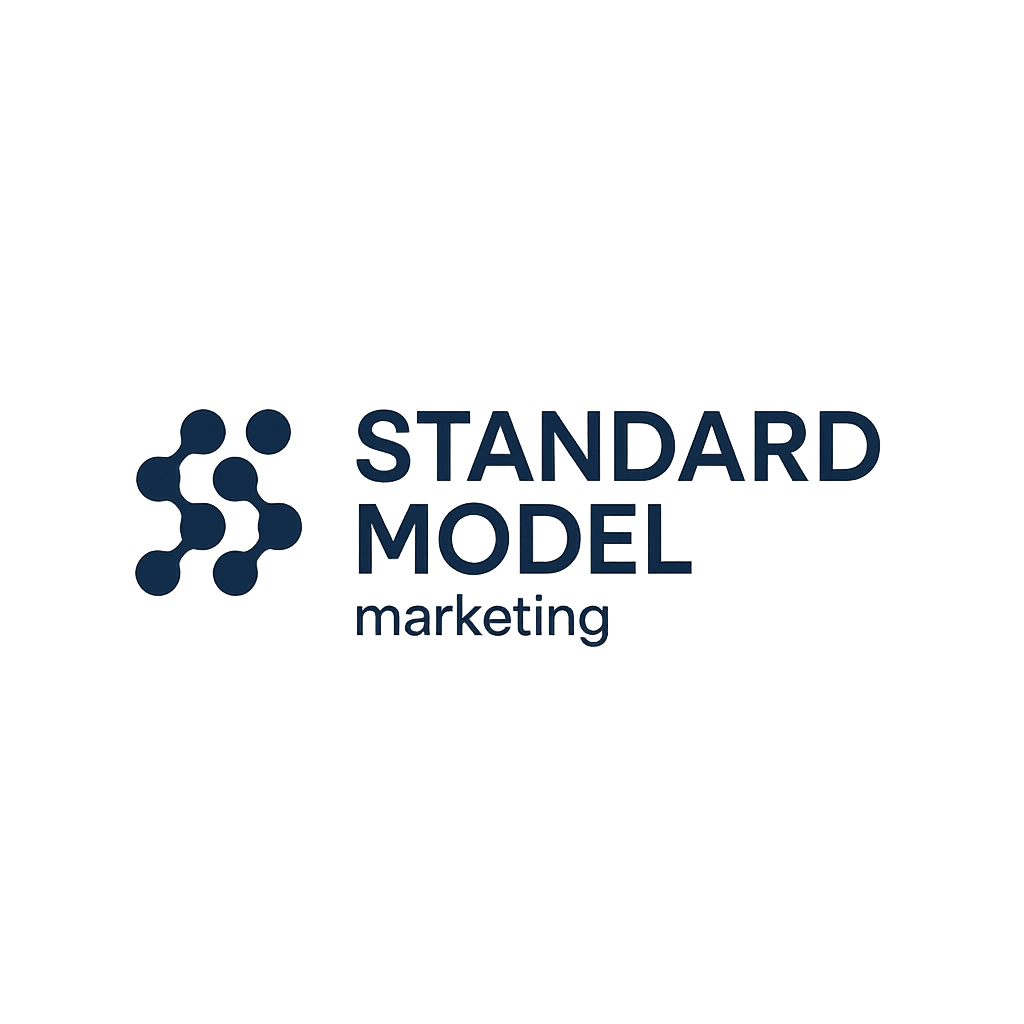Frameworks We Use
Because Gut Feel Isn’t a Strategy
Smart marketing starts with structured thinking. That’s why we don’t rely on guesswork. We use proven frameworks to clarify goals, guide decisions, and stay focused — not distracted.
Below are the models we actually use (not just name-drop) to build clear, scalable marketing strategies.
OGSM
Objectives, Goals, Strategies, Measures
Our go-to model for building one-page strategic plans. It works because it connects big-picture vision to daily action, and forces clarity before execution.
- Objective: What are we really trying to achieve?
- Goals: How will we measure progress?
- Strategies: What plays get us there?
- Measures: What metrics prove it’s working?
Read the full breakdown: What is OGSM?
Tactical walkthrough: OGSM: Objectives, Goals, Strategies, and Measures
SWOT
Strengths, Weaknesses, Opportunities, Threats
This classic model is still one of the fastest ways to capture a company’s current position.
- Internal: Strengths + Weaknesses
- External: Opportunities + Threats
Use it before launching a product, entering a new market, or making a strategic pivot.
TOWS
The strategic extension of SWOT
While SWOT helps you analyze, TOWS helps you act. It asks:
- How can we use strengths to take advantage of opportunities?
- How do we counter threats using our strengths?
- How can we fix weaknesses before they become problems?
Use this to turn your SWOT into a concrete action plan.
4Ps (The Marketing Mix)
Product, Price, Place, Promotion
Still a powerful framework for designing and validating offers. Before scaling anything, ask:
- Product: Are we solving the right problem?
- Price: Does it reflect the value and positioning?
- Place: Are we reaching our target buyers?
- Promotion: Is our messaging aligned?
Modern versions may add People, Process, and Proof — but the core 4Ps still work.
Barbell Strategy (Bonus)
Not a traditional “marketing” model, but one we apply often. It’s about balancing two types of plays:
- Longer-term, high-upside bets: SEO, content, brand
- Shorter-term, low-risk wins: Paid search, email, CRO
You don’t need to choose — the key is in managing both well.
Why We Use Frameworks
- They cut through noise
- They align teams
- They reveal hidden gaps
- They help us move fast — without guessing
Strategy without structure is just hope. This is how we stay sharp and intentional.
